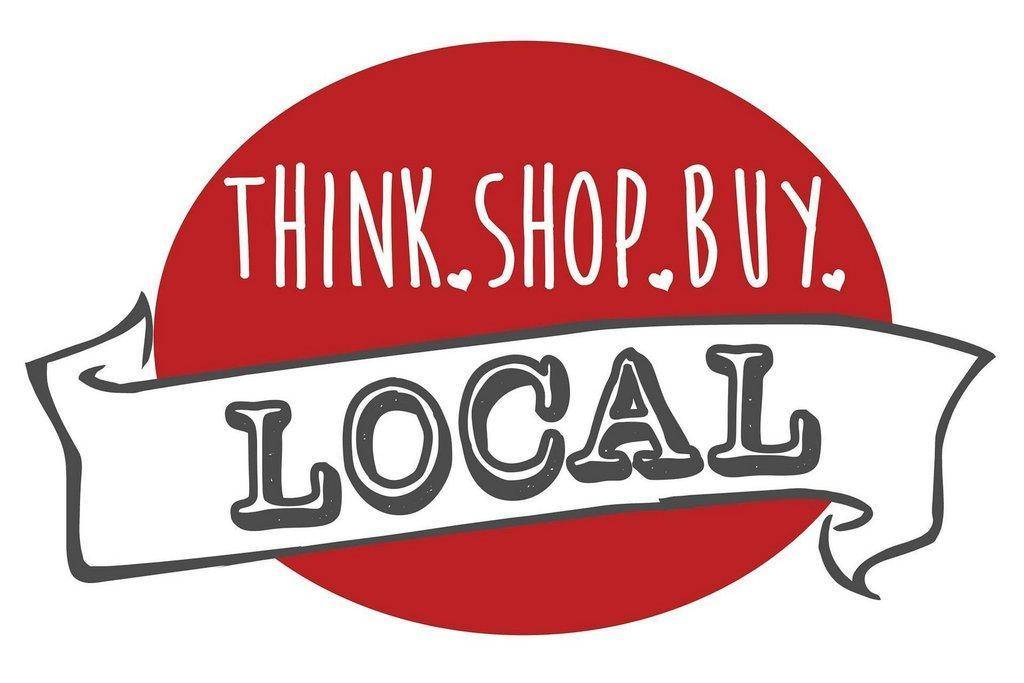Guest Editorial from the Commissioner of Agriculture
Commissioner: Kerry W. Gibson
Who’s ready to eat local? If you are like me, and most of you are, I’m always going to support Utah producers and of course love the freshness and quality only they can give us.
So, I’m extra excited to see Eat Local Food Week is here, September 7-14. I hope you will join me as we indulge while paying homage to the hard work of our farmers and ranchers. Each year, their organization and precise execution, in concert with what Mother Nature grants, are what fuel our day-to-day lives.
And this time of year, local produce coming into farmers markets, roadside stands, u-pick operations and more are at their peak of freshness and quality. Farm-fresh is guaranteed to punctuate those final summer weekend barbecues and outings you have planned.
It’s no secret that buying locally-produced food is on the rise across America, particularly our state. Ask any Utahn on the street where they would rather get their peaches from, Utah or elsewhere, and they’ll take the former almost every time, even though states like California, Georgia, and South Carolina produce far more.
Why is that? We can talk about supporting our local economy or that the quality and freshness exceed out-of-state imports if you like. That’s all true. In fact, a recent study showed that if everyone in Utah spent just 10 percent more on local, it would add $1.3 billion to our state’s economy. And science has taught us that there’s a degradation in quality and nutrients the longer it takes for food to go from farm to table.
But, I believe it goes deeper. While the digital age has improved lives, i hass also created an unfortunate divide. I believe we are longing for a more personal connection with the people we cherish and the food we eat – and they quite often go hand in hand.
Those connections are all about trust and awareness. Humans hunger for knowledge as much as food, so it’s no surprise we want to know where our food comes from. We also like to Google things about how our food is produced, the types of gardens and treatments they are given. But ultimately, we seek sources with simpler and shorter distribution points, fewer touches from dirt to dinner plate.
Utahns are communicating that with their wallets and producers are responding. While we continue to see a decline in Utah’s total farming acres, there’s an upswing in the number of farms, pointing to an increase in smaller urban farms that are more directly connected to consumers. We also saw a sharp increase in organic farm production, producing $9.1 million in 2012 to $30.8 million in 2017.
Yes, local is where it’s at. It’s where I’m at and many of you as well. It’s why the Utah Department of Agriculture and Food has invested so much in our Utah’s Own branding campaign. It’s why we will continue to push for and support local food and its producers.
For those that haven’t been nudged enough yet, consider Eat Local Week your special invite to join us. We’d love to have you aboard, as would our wonderful producers. Check out some of the festivities organized by Urban Food Connections of Utah by visiting slcfarmersmarket.org, or go to our Utah’s Own website to learn more about local food producers and markets statewide at utahsown.org/markets

